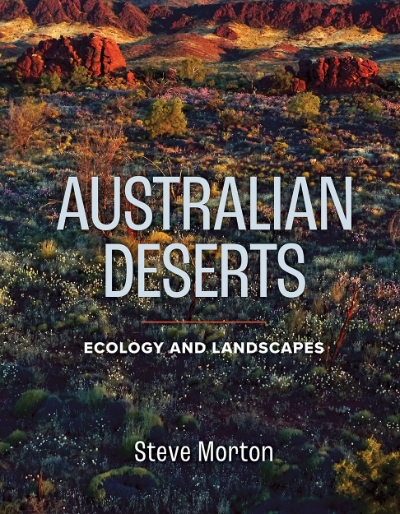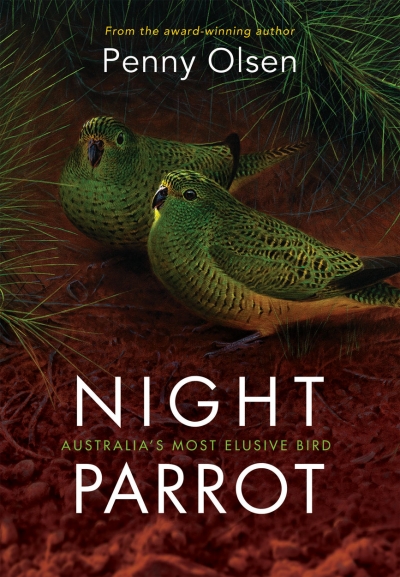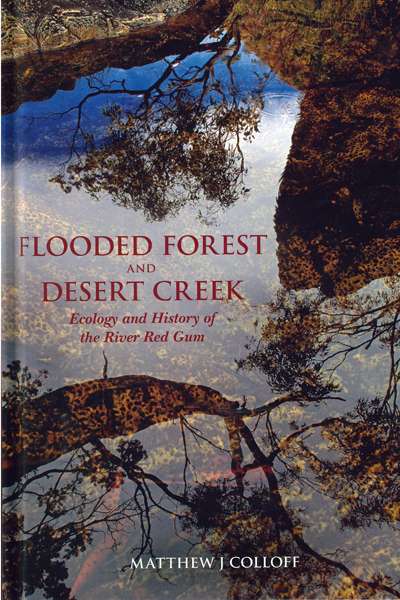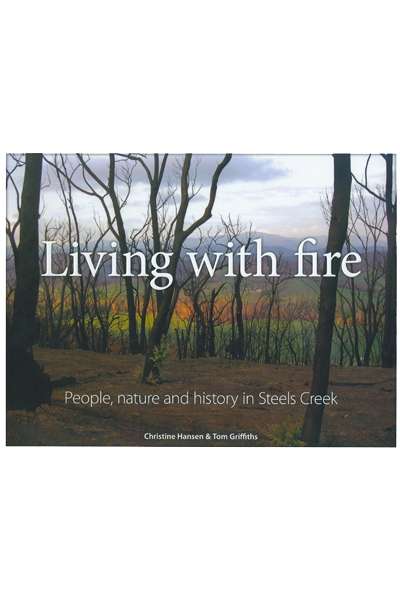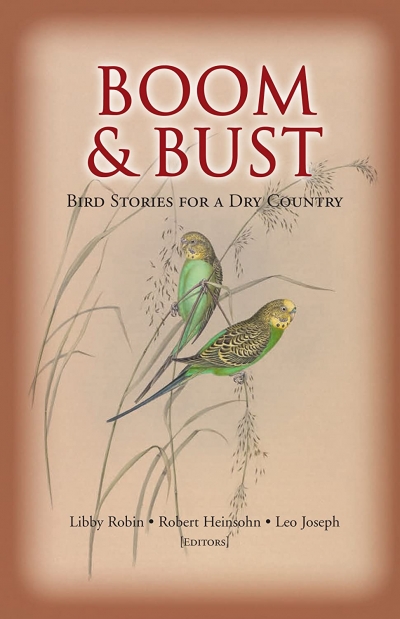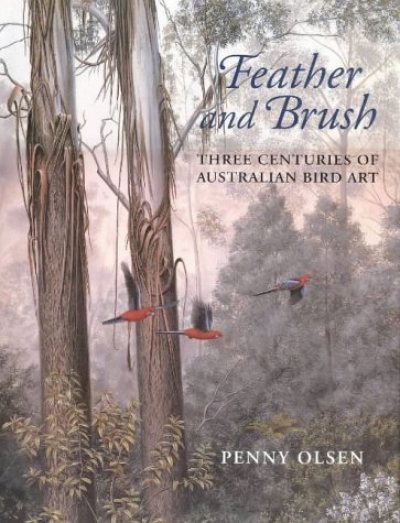CSIRO Publishing
Flooded Forest and Desert Creek: Ecology and history of the River Red Gum by Matthew J. Colloff
by Ruth A. Morgan •
Living with Fire: People, nature and history in Steels Creek by Christine Hansen and Tom Griffiths
by Robert Kenny •
Boom & Bust: Bird stories for a dry country edited by Libby Robin, Robert Heinsohn and Leo Joseph
by Peter Menkhorst •
Feather and Brush: Three centuries of Australian bird art by Penny Olsen
by Libby Robin •

